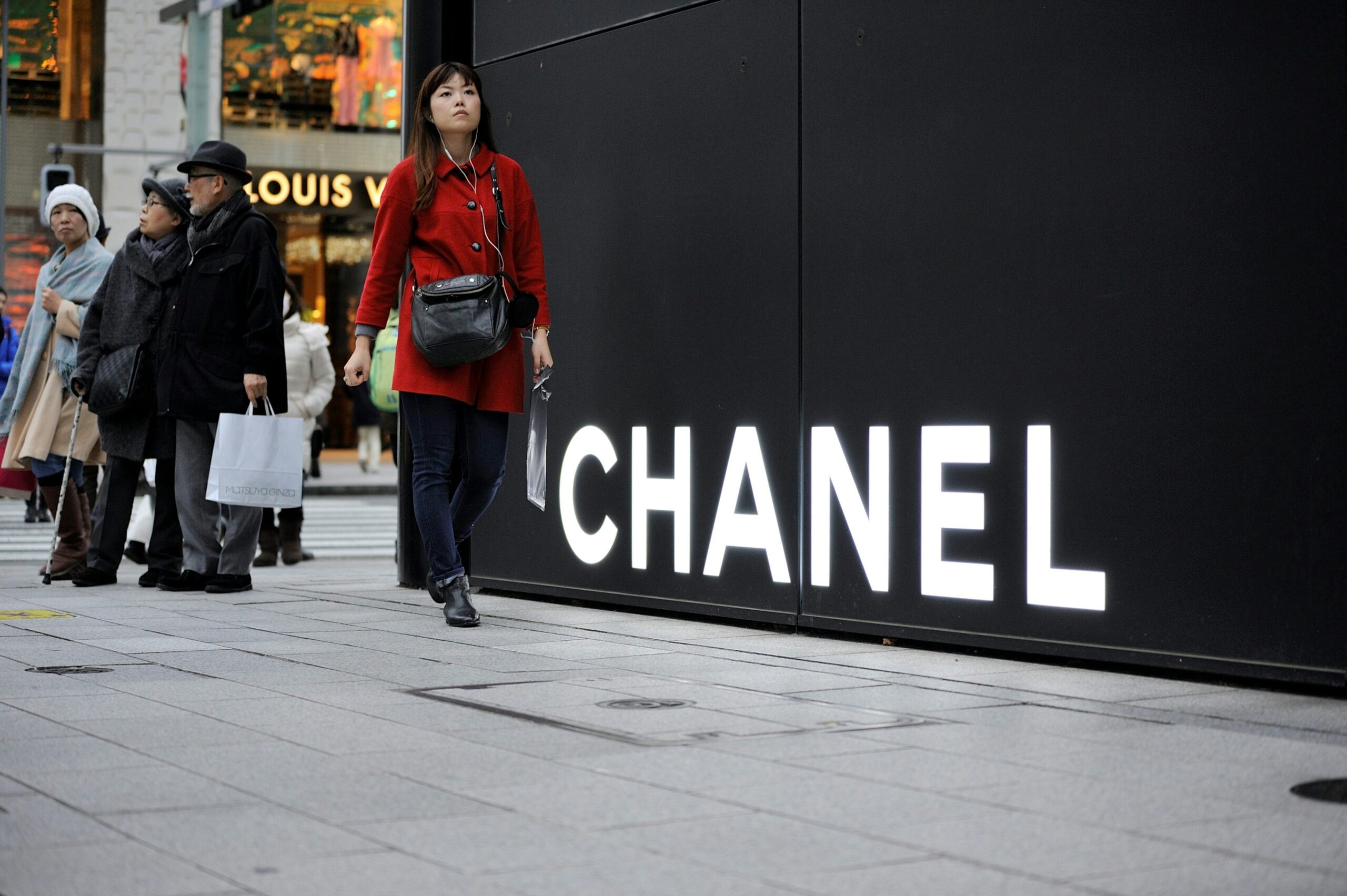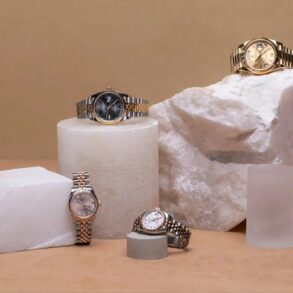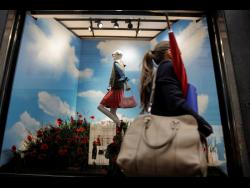LVMH’s first-quarter results signal that Chinese consumers are back indulging in luxury purchases — albeit outside of China.
Instead, the mainland’s well-heeled spenders are traveling to foreign ground to splurge.
Japan, in particular, has emerged as a hotspot for luxury shopping. Despite revenue in the rest of Asia dropping by 6 percent, LVMH sales across the country rose by double digits in the quarter, driven by an influx of Chinese tourists.
One of the reasons tourists are pouring in is the weak Japanese yen.
On Wednesday, April 24, the yen hit around 155 per US dollar, marking its weakest rate since the mid-1990s. At the time of writing, 1 Chinese RMB equates to around 21.4 Japanese yen.
Taking advantage of the currency slump, Chinese consumers are flocking to Japan to stock up on luxury investments. Consequently, in China, domestic luxury consumption has struggled to bounce back to pre-pandemic levels.
Historically, cost differences between the mainland and Japan have been in Chinese consumers’ favor. However, the weakening of the yen has made that price advantage “even more pronounced,” Max Peiro, CEO of China luxury consultancy Re-Hub, tells Jing Daily.
“Japan’s incredibly convenient tax refund process allows tourists to have the tax immediately deducted when purchasing items, unlike the time-consuming, complicated processes often seen in other countries,” Peiro says.

The phenomenon has stoked online conversation. On Chinese apps such as Weibo and Xiaohongshu, popular users are sharing the best ways to save cash, including which products can offer Chinese consumers the most bang for their buck in Japan.
According to a post from the Xiaohongshu account @moneysavingexpressapp, which compares prices between luxury handbags in Japan and China, Louis Vuitton’s Carryall takes the top spot for the biggest price differential.
In China, the product sells for around 19,600 RMB ($2,700). In Japan, that number falls to approximately 17,522 RMB ($2,400), including tax.
This is followed by Dior’s Toujours bag (available for 26,244 RMB in Japan compared to 30,000 RMB in China) and Celine’s Heloise hobo silhouette (21,666 RMB in Japan versus 25,000 RMB in China).

The graph above indicates that luxury handbags in Japan are generally 10 percent cheaper than if bought domestically in China. After tax refunds, that number falls to around 20 percent.
For instance, Louis Vuitton’s Carryall totals 15,929 RMB ($2,100) after tax, saving consumers around 4,348 RMB ($600) compared to if they had bought the product locally.
A boom in tourism across Japan is also contributing to its luxury consumption spike.
According to statistics from the Japan National Tourism Organization, the number of foreign visitors to Japan in February 2024 was 2.79 million, an increase of 1.9 times compared to the same period last year and a 7.1 percent increase compared to February 2019, before the pandemic.
Among them, the number of tourists from mainland China approached 460,000, reaching 63.5 percent of the pre-pandemic level and ranking third highest among all visiting countries.
Japan searches among Chinese Gen Zers also surged by more than more than 700 percent year over year, as reported by Airbnb China.
Alongside culinary exploration and medical tourism, more extensive luxury product offerings and better in-store experiences are luring Chinese consumers.
“Leading department stores in Japan have actively enticed Chinese consumers by offering exclusive membership programs that provide additional discounts and [employing] Chinese-speaking sales associates,” says Peiro.
Peiro notes that the country’s notably superior retail experience is the cherry on top of Chinese consumer’s perceived value for money.
Project manager at Daxue Consulting, Sam Shen, adds that Japan’s extensive SKU selection also outshines China’s.
“Quite a few consumers visit Japan even without the goal of buying a luxury item. They can just be shopping around and find that a lot of the popular luxury products are in stock that usually aren’t in China, and end up purchasing the said product,” Shen explains.
Meanwhile, in China, “most of the SKUs are out of stock or are at least harder to obtain if you don’t have connections or are a regular customer.”
Shen emphasizes that Japan’s strict clampdown on counterfeit goods also gives the country an upper hand. “There’s a lot of fake luxury items and stores in China, so it’s just more safe for [consumers] to purchase it in a foreign country, where the chances of the product being fake are much lower.”
While Japan’s proximity to China and pricing are currently working in its favor, Shen believes that Chinese consumers will eventually return to unleashing their spending power domestically.
“Brands having many official flagship stores [in China], plus a rapidly developing e-commerce market, will lead to more Chinese consumers shopping domestically rather than internationally,” he adds.
This post was originally published on this site be sure to check out more of their content.




